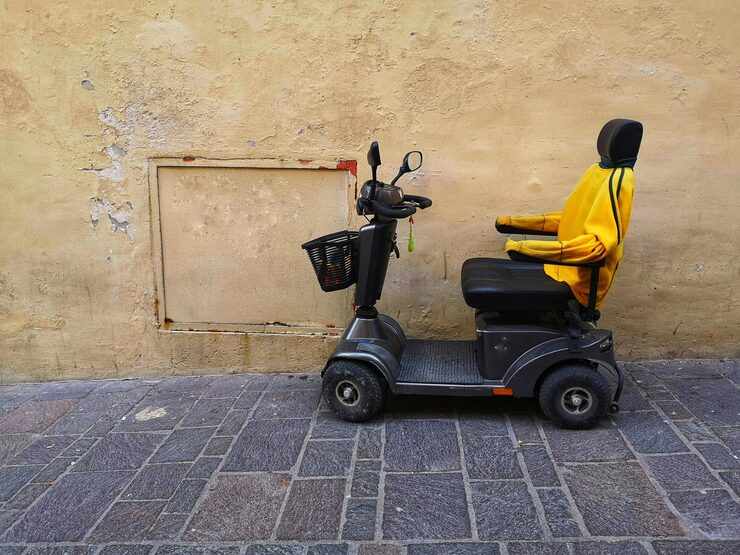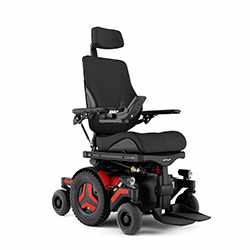Daily bathing can be challenging for individuals with limited mobility, creating risks of slips and falls. A shower wheelchair provides a safe, comfortable, and practical solution for maintaining hygiene independently. These specialized chairs are designed to meet the unique needs of users while supporting caregivers in providing assistance. This article explores the benefits, essential features, and key considerations when choosing a shower wheelchair.
Benefits of Using a Shower Wheelchair
Shower wheelchairs are more than mobility aids—they enhance safety, comfort, and autonomy. Key benefits include:
Enhanced Safety: Sturdy frames, non-slip wheels, and locking mechanisms minimize the risk of accidents in wet environments.
Increased Independence: Users can bathe with minimal assistance, maintaining dignity and confidence.
Comfort and Support: Adjustable seats, armrests, and footrests ensure a comfortable bathing experience.
Ease for Caregivers: Simplifies assistance during hygiene routines, reducing physical strain.
By providing these advantages, shower wheelchairs improve both daily safety and overall quality of life.
Essential Features to Consider
When selecting a shower wheelchair, focusing on key features ensures safety and convenience:
Durable, Water-Resistant Materials: Stainless steel or corrosion-resistant aluminum frames last longer in wet conditions.
Adjustable Components: Height-adjustable seats, removable armrests, and swing-away footrests offer flexibility.
Smooth Mobility: Locking wheels and casters allow easy movement and stability within the bathroom.
Safety Enhancements: Padded seats, safety belts, and anti-slip footplates provide additional protection.
Considering these features ensures the wheelchair meets the user’s specific needs.
Choosing the Right Size and Design
Selecting the proper size and style is essential for both safety and usability:
Seat Dimensions: Ensure the seat width and depth provide comfort without being restrictive.
Height Adjustment: The chair should match the shower or bathtub height for easy transfers.
Foldable vs. Fixed: Foldable designs save space, while fixed chairs offer added stability for heavier users.
A well-fitted shower wheelchair enhances safety and allows users to bathe comfortably and independently.
Integration with Other Mobility Devices
Shower wheelchairs complement other mobility aids. Those familiar with mobility wheelchairs will find similar functionality and ease of use. Additionally, pairing a shower wheelchair with transfer boards or walkers can provide added support during transfers, making bathing safer and more efficient.
Maintenance and Care Tips
Proper maintenance ensures the longevity and safety of a shower wheelchair. Important practices include:
Clean After Each Use: Rinse off soap and water to prevent residue buildup and bacteria.
Inspect Regularly: Check wheels, brakes, and joints for signs of wear or damage.
Lubricate Moving Parts: Apply waterproof lubricant to wheels and adjustable components for smooth operation.
Store Properly: Foldable chairs should be stored in a dry place to prevent corrosion.
Routine maintenance keeps the shower wheelchair functional and safe for daily use.
How a Shower Wheelchair Enhances Quality of Life
Shower wheelchairs do more than provide physical support—they improve emotional well-being. By enabling independent bathing, users maintain dignity and self-confidence. Caregivers benefit from reduced stress and physical strain, knowing their loved one can bathe safely. Overall, shower wheelchairs promote autonomy, comfort, and peace of mind in daily routines.
Conclusion
A shower wheelchair is a vital tool for individuals with mobility challenges, offering safety, comfort, and independence. Choosing the right model, considering essential features, and performing regular maintenance ensures a secure and enjoyable bathing experience. These chairs not only prevent accidents but also empower users to maintain personal hygiene with dignity.
FAQ
1. Who should use a shower wheelchair?
Shower wheelchairs are ideal for seniors, individuals with disabilities, or anyone who has difficulty standing or balancing in the shower.
2. Can shower wheelchairs be used in different bathroom types?
Yes, they can be adapted for showers, tubs, or wet-room setups, making them versatile for various environments.
3. How do I maintain my shower wheelchair for long-term use?
Regular cleaning, inspecting wheels and brakes, lubricating moving parts, and storing the chair properly will ensure long-term safety and functionality.









Write a comment ...